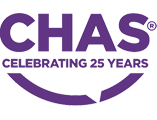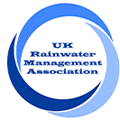Communal & Residential Greywater Recycling
Communal Greywater Recycling collects bathroom greywater from showers, bathroom sinks, and bathtubs within residential properties to provide a non-potable water supply.
Greywater Recycling reduces the consumption of public water supplies without the need to change consumption habits. Greywater is a solution for ‘bills included’ properties such as student accommodation and hotels where users typically use more water as they are not responsible for paying water bills.
Stormsaver provides Communal Greywater Recycling solutions which take advantage of ultrafiltration technologies to provide a safe supply. Discover more below.











